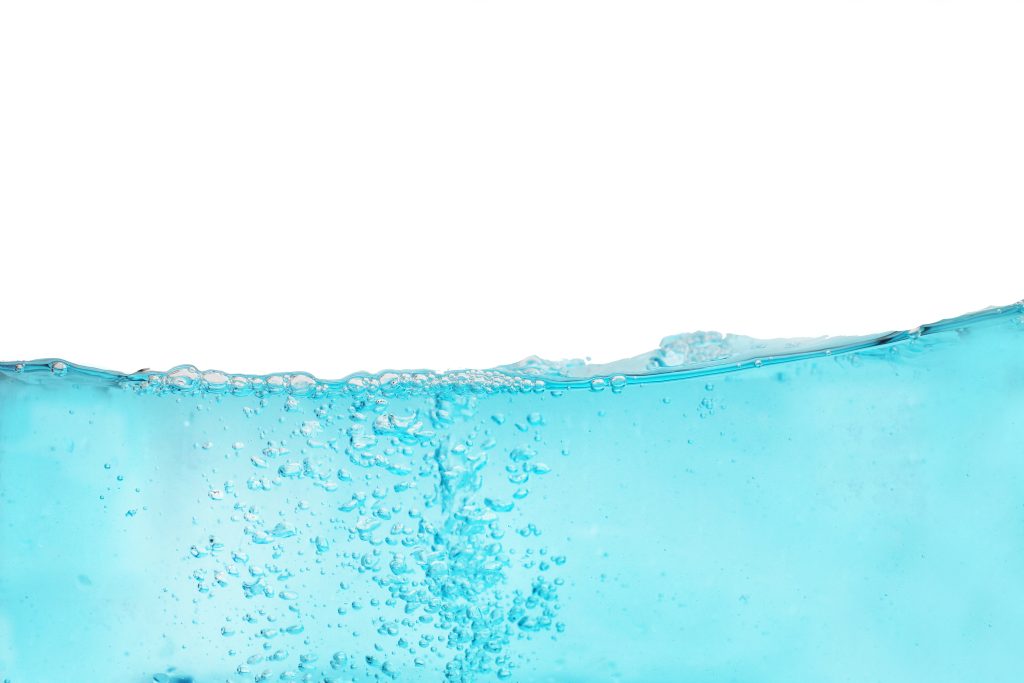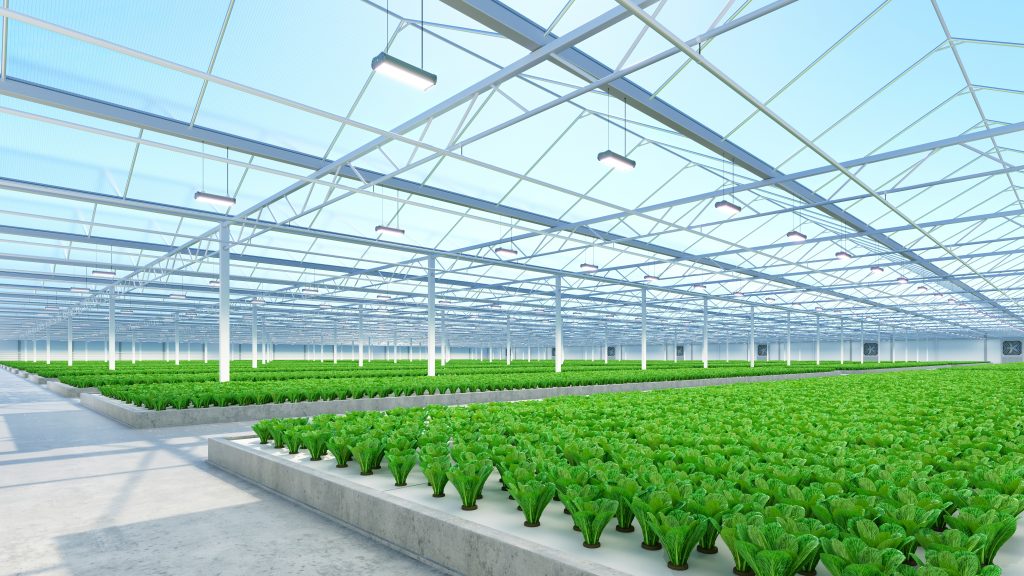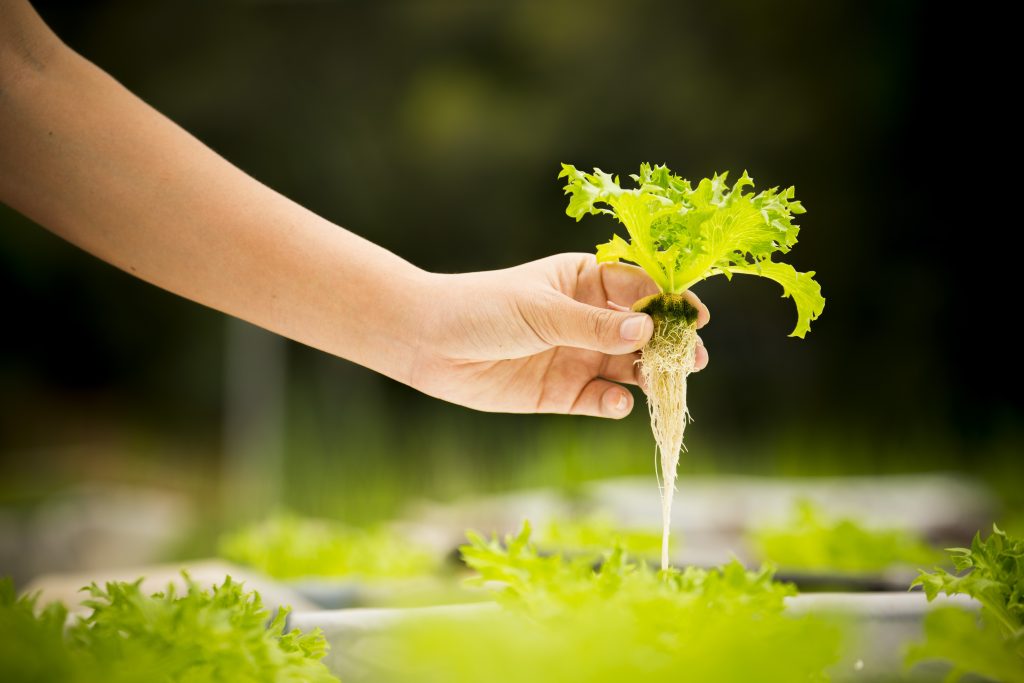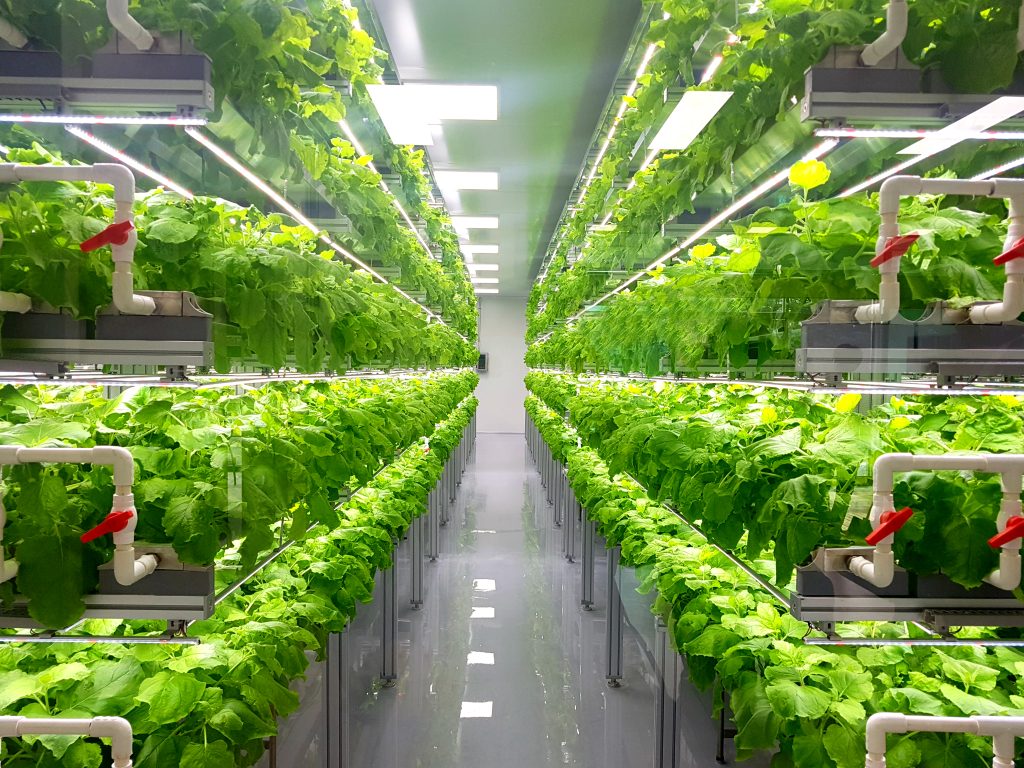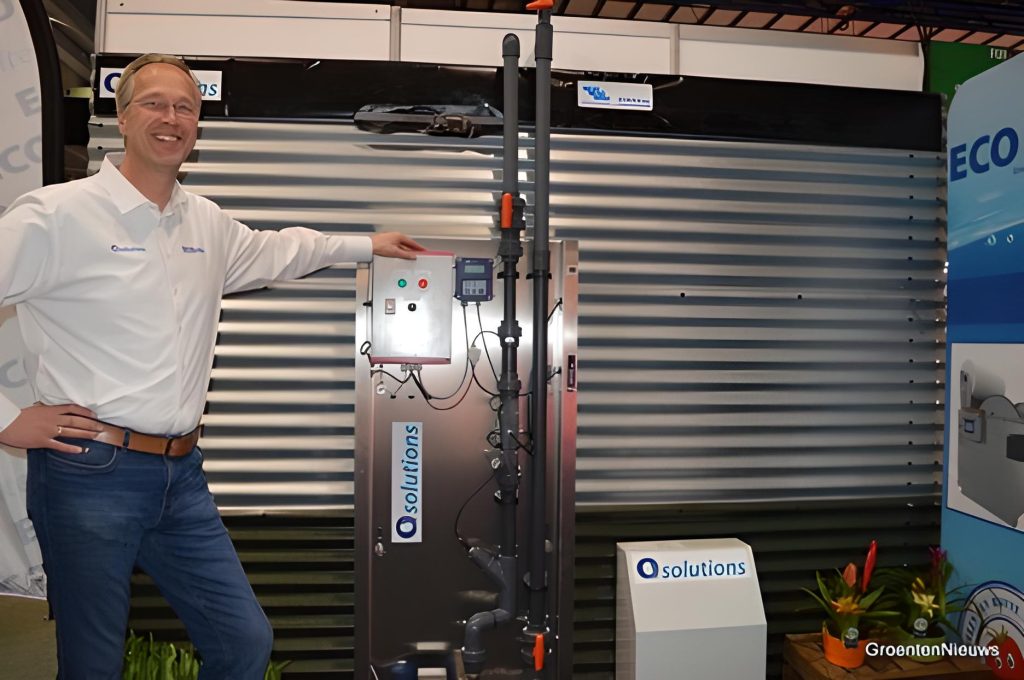What is dissolved oxygen?
Dissolved oxygen (DO) refers to the amount of oxygen (O2) dissolved in water, serving as a crucial indicator of water quality and its ability to support life. Just as humans require adequate oxygen in the atmosphere to survive, fish and plants similarly depend on the right levels of dissolved oxygen in water to thrive.
What do you want to know about dissolved oxygen?
Factors affecting dissolved oxygen levels
Measured in mg/l, as a percent of saturation (%), or in parts per million (ppm), dissolved oxygen (DO) levels are affected by the temperature and salinity of the water and also by other chemical and/or biological demands (COD/BOD) of the water.
Cold water can hold more dissolved oxygen than warm water, and fresh water can hold more dissolved oxygen than salt water. The maximum amount of DO that the water can hold is called the saturation value.
It is possible, and very often desired, especially in a greenhouse, to exceed the natural saturation point of DO in water. This is called supersaturation and this is where the Nanobubbles come in as the big benefit.
Bad levels of dissolved oxygen
At levels above 6 ppm of dissolved oxygen, irrigation water is typically considered marginally acceptable for plant health. Most greenhouse crops, however, will perform better and better with higher levels.
Levels of 8 ppm or higher are generally considered to be good for greenhouse production and much higher levels, as high as 20-30 ppm or more are achievable with the use of our Nanobubbles systems and give the irrigation water some extra benefits.
If the DO levels are below 5 mg/l, the water is hypoxic and becomes very detrimental, possibly fatal, to plants and animals. If there is a severe lack of DO, below around 3 ppm, the water is anoxic.
No plants or animals can survive in anoxic conditions. The irrigation water in many greenhouses has surprisingly low levels – often in the dangerous hypoxic range.
Natural vs. controlled
Dissolved oxygen can enter bodies of water naturally, typically at the surface of the water where exchange between the atmosphere and the water takes place. In nature, waves and wind help increase surface exposure to allow more oxygen exchange and increase oxygen into the water.
In the commercial greenhouse, however, there may not be any opportunity to naturally or easily increase the DO and there are many chemical and biological oxygen demands in the water and piping to reduce the DO levels.
Role of nanobubbles
Our nanobubbles systems are specially designed for the irrigation water systems to enrich the oxygen levels in the water, while at the same time our nanobubbles stabilize this oxygen so it stay’s available for your plant.

